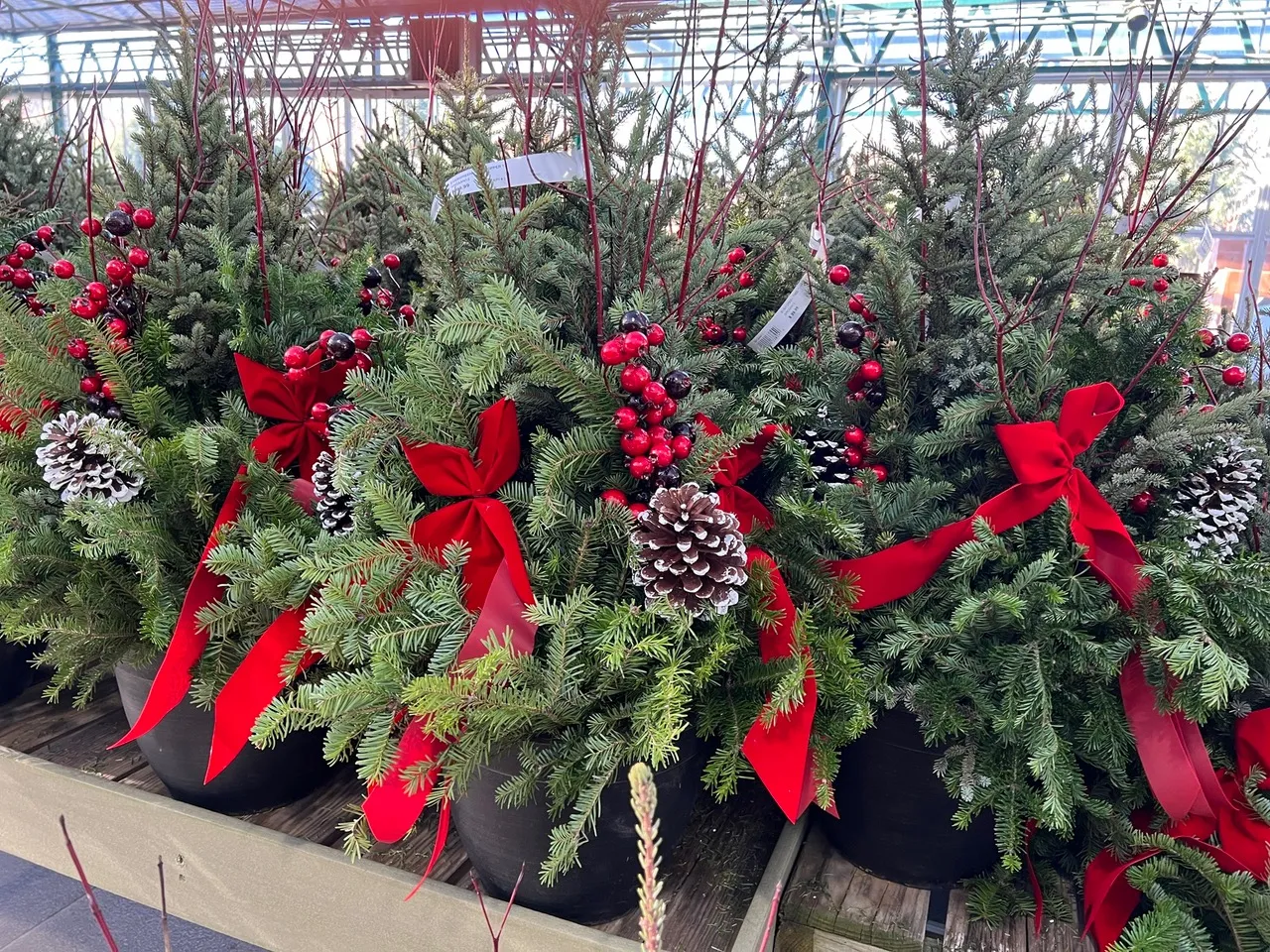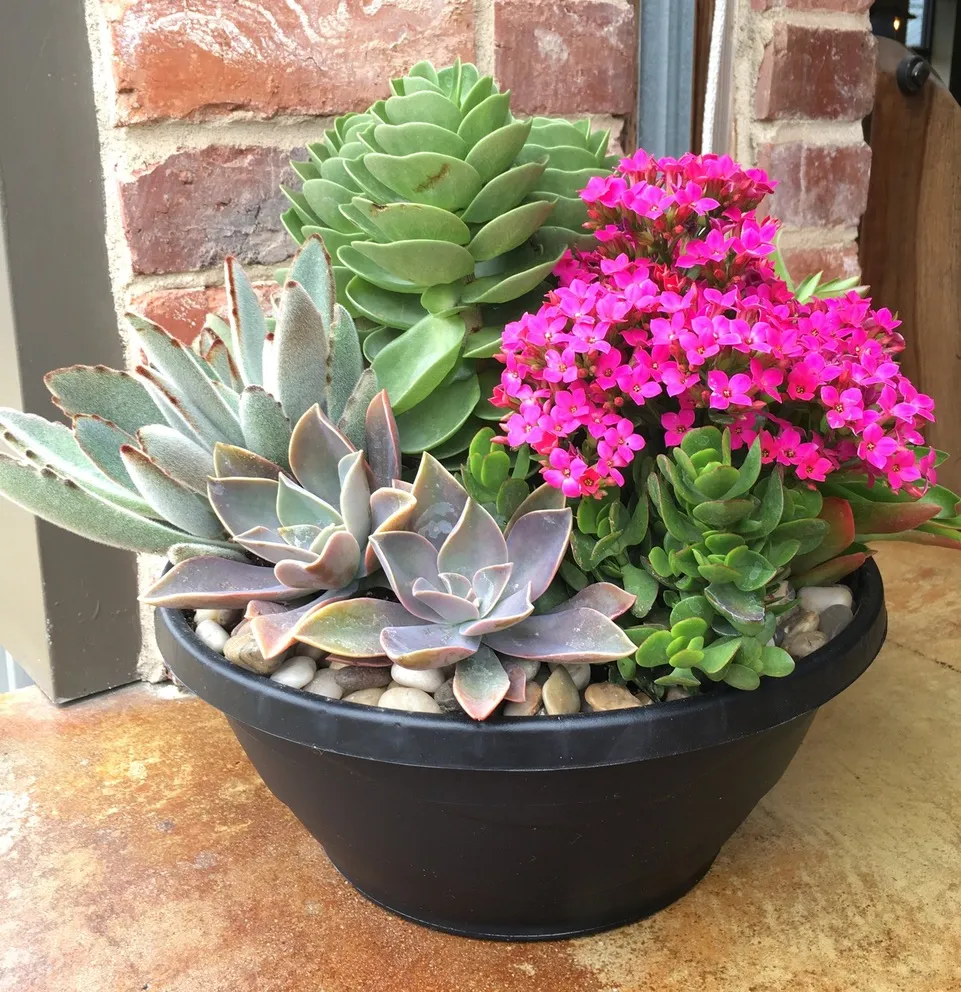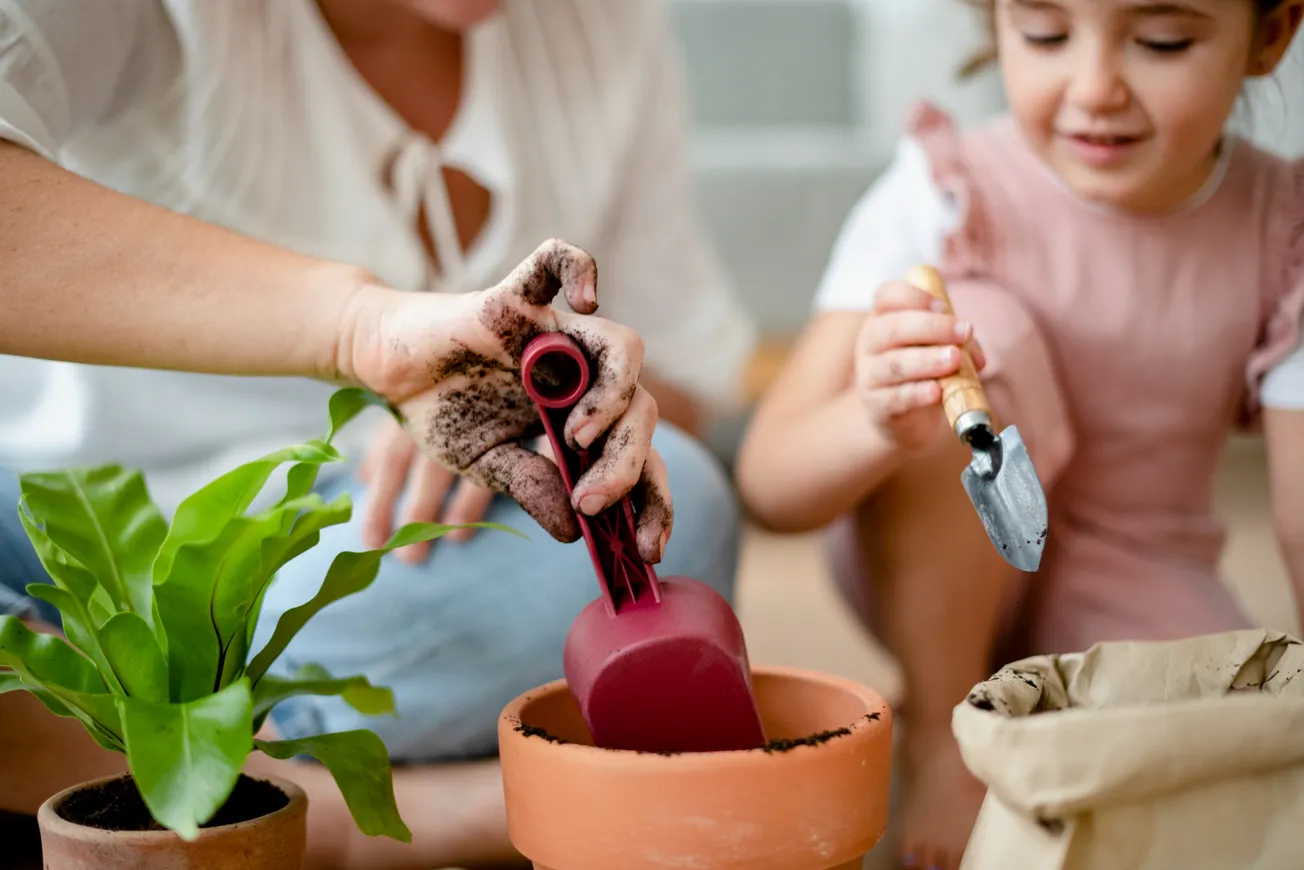In the Garden: Bring a bit of spring indoors this winter

Table of Contents
Pot them up, give them a chill and enjoy spring flowering bulbs indoors or outside on a patio, deck or porch. Forcing spring-flowering bulbs like tulips, daffodils, hyacinths, grape hyacinths and crocus is a great way to use those bulbs that didn’t get planted in the garden or were on sale late in the season.
All you need is a suitable container, some well-drained potting mix, the bulbs and a place to give the bulbs the chill necessary to force them to bloom. Gather all your supplies and clear a space to assemble your bulb planter.
Select a container with drainage holes that is deep enough to accommodate the largest bulbs. Shorter varieties are less likely to flop but taller ones can be held upright with stakes, twigs and other decorative supports. Cover the bottom of the container with two inches of a well-drained potting mix. Place the bulbs close together about one half the bulb width apart with the neck of larger bulbs at or just below the soil surface. Set tulips with the flat side of the bulb facing the pot for a better display.
Create a spring garden in a larger container by using a deep container and planting the bulbs in layers. Select a variety of bulbs that bloom at the same time for greater impact or use a combination of early-, mid- and late-blooming spring-flowering bulbs to extend the bloom time and your enjoyment. The package usually lists the color, height and bloom time of the bulbs.
Place an inch or two of soil in the bottom and set the largest bulbs in place. Cover these bulbs with soil and add the smaller bulbs, like grape hyacinths and crocus, on the next level. Plant these bulbs close together for greater impact. Cover this layer with at least an inch of soil. Water thoroughly until the excess water drains out the bottom of the pot.
Move your bulb-filled containers to a cool location where temperatures remain above freezing and between 35 to 45°F for 12 to 15 weeks. A spare refrigerator works well for this. Just avoid storing the bulbs with fruit, like apples and pears, that emit ethylene gas that can negatively impact flowering. If refrigerator space is limited, you can store the unplanted bulbs in a paper bag, so they take up less space in the fridge for the needed chill before planting.
Those gardening in colder climates can also store the pots in an unheated garage. Just water the containers whenever the soil is thawed and dry. Or sink the container into a vacant garden space in your landscape. Mulch the soil once the ground starts to freeze with evergreen boughs. The winter mulch makes retrieving the container easier in winter or early spring.
Begin moving the containers out of cold storage once the 12- to 15-week chilling period is complete. Extend your enjoyment and the bloom time by removing one or just a few pots every week. Place the pot in a cool, bright location to encourage more compact growth. Water thoroughly when the top few inches of soil begin to dry. Soon the leaves will begin to sprout, and flowers will appear in about three to four weeks.
Provide ongoing care if you plan on moving the bulbs into the garden. Remove the faded flowers, place the leafy plants in a sunny window and water thoroughly whenever the top inch of soil is dry. Fertilize with a diluted solution of any flowering houseplant fertilizer. Move them into the garden once the danger of frost has passed. Be patient because it may be a year or two before they bloom again.
Plant plenty for you to enjoy and share with others. Everyone will appreciate the extra spring color the forced bulbs provide.
Melinda Myers has written more than 20 gardening books, including the recently released Midwest Gardener’s Handbook, 2nd Edition and Small Space Gardening. She hosts The Great Courses “How to Grow Anything” instant video and DVD series and the nationally-syndicated Melinda’s Garden Moment radio program. Myers is a columnist and contributing editor for Birds & Blooms magazine, and her website is MelindaMyers.com, which features gardening videos, free webinars, monthly gardening tips, and more.




